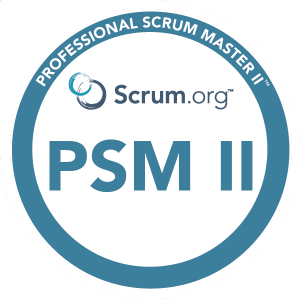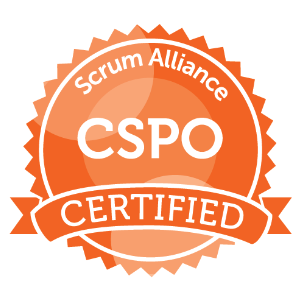
Product Managers are always asked upon to justify their product decisions, why invest company resources in a roadmap. In order to back your decisions, you need to be able to prove that it is indeed what the market is asking for, and you are addressing a need. As a product manager myself, I have continually started to rely on a framework that I have become to grow fonder of, and that is Experiment-Driven Product Development, or XDPD for short.
While it should be the de-facto mindset of product managers, XDPD frames your team’s development through the framework of experiments to uncover the premises which can be based on prior knowledge, assumptions, feature ideas, or claims being made about the product or its users. You start off by development questions that you want to answer, the foundation upon which you would then develop your hypotheses, a statement denoting what your answers might be.
You would then begin to design your experiments in a way that you can prove causality for your hypotheses by selecting a method in which you can run and measure your experiments. The outcome of such exercises would then help you make your decisions, whether it is worth pursuing or abandoning.
The underlying process in creating your hypotheses is that you need to justify why those hypotheses are important, why you need to know the answers to those, and this framework helps you shift the focus from assumptions to the step beforehand, and as the author recites, it seeks to reinforce the basic tenets of Lean while bringing rigors and a different perspective to the approach.
This quarter I found creating a horizontal table where I develop my questions, then hypotheses, followed by how I would measure them. The author of the book makes use of experiment cards, but I simply overlay on a whiteboard the columns for more contextual vision.


I would recommend you give this framework a try on your next product, and see how it works for you and your team. And don’t forget, take a look at the book that guided me this quarter on product development.



